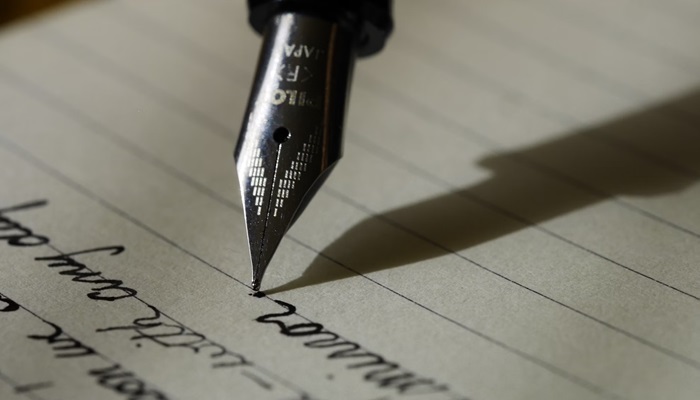Interventions are a helpful tool in the fight against addiction. The idea is that this will be the moment when a loved one dealing with addiction finally appreciates the severity of the situation and agrees to get help. The ultimate goal is to have everyone in the family on the same page, providing love and support with nothing but compassion and understanding. By the end, the individual at the center of it all will admit to their problem, see the harm caused and potential consequences, and take the first step toward recovery.
This is all easier said than done because a positive and productive intervention relies on a lot of moving parts working in unison. Everyone who wants to play a positive role should be there and be open to expressing themselves in intervention letters. Those who want to be confrontational should stay away. Those letters should be crafted under the supervision of a professional interventionist, who will also be on hand as a mediator at the meeting. Finally, the individual dealing with addiction has to want to get help. They can’t be forced to go. There’s a lot to consider here, so let’s start with the intervention letter.
How To Structure An Intervention Letter
The most effective intervention letters follow the same general pattern. Every letter will be different in its tone and intent because of the emotion and personal experience of the person writing it. However, following this pattern will help to achieve the best results. There is a wave-like effect of ups and downs throughout. It starts and ends with positive notes and reinforcement to buffer the negative points about the impact of the addiction and its risks. If the letter were to start positive and then cascade into despair, it could lead to the recipient feeling guilty, hopeless, and maybe even attacked. If it starts negative and rises through the positive notes, the risks and negative impact may not be as convincing.
It all starts by talking about the positive traits of the person and affirming the relationship between the individual with the addiction and the one writing the letter. This warm and comforting start helps to bridge the gap and ensure a connection throughout the letter. For example, a parent could talk about how they have unconditional love for their child and are proud of so much they’ve achieved in the past. Then, this switches to examples of how things have shifted and how their behavior change has led to negative influences. That parent could say how a dependency on alcohol or drugs has created tension or a painful divide. This contrast should help reinforce the point.
Before the letter becomes too negative and damning, the reader can talk positively about their compassion and empathy. They can show their understanding of what their loved one is doing and why they are so keen to use a specific substance. This should again help to close any gaps that have formed due to a lack of shared personal experiences. This then leads to talking about the potential consequences of not addressing the situation. In addition to highlighting the legal and health implications, they can also mention the fear of irreparable damage to the family. It should then end with a positive statement of love and support, with a promise to help with rehab and to be there on the other side.
Who Can Write An Intervention Letter?
Anyone with a strong personal connection to the individual dealing with an addiction can write a letter. As long as the writer is considerate enough to follow the guidelines above and has the individual’s best interests at heart, they are welcome to take part. The last thing the group needs is someone agreeing to write a letter with ulterior motives. This isn’t an excuse for siblings to attack each other for what they’ve lost or suffered or for parents to go into denial and pledge to be enablers.
Parents are good candidates because they are often at the heart of the situation and most likely to be listened to. Adult children can have a similar impact and get through to parents who have relapsed. Younger children may not be emotionally mature enough to be in the room. You can also bring in spouses, partners, close friends, or anyone willing to help. Beyond that, you need to search for ‘intervention specialist near me’ to find professional help.
Working With Professional Interventionists To Get The Best Outcome
Professional interventionists are essentially the glue holding all of this together. You could try to do this on your own and follow the rules for creating letters, and it might prove to be effective. However, you’d end up missing out on a lot of other benefits. Professional interventionists can work with families throughout this journey to provide advice, care, and support.
It all starts with the preparatory meetings, where they can learn more about the family dynamics and teach family members about addiction. This could be helpful when dealing with traits and symptoms specific to a certain type of addiction. They will then help with the letter writing and be there to mediate the meeting as they are read aloud. From there, the best experts will provide support after the individual goes into rehab, perhaps aiding with any mental health and separation anxiety issues.
What Happens Next?
The next step if you think it’s time for an intervention is to get in contact with professional help. They will help you set up the meeting, write those letters, and get the result you want. Now, it should be noted there is no guarantee that individuals will agree to rehab, even with a mediator present. They may be too far in denial or dealing with mental trauma. You can respect their wishes and try again at another point, or you can look into getting them sectioned for their own good. The point is that there are always options and always help available. Start by talking to a professional interventionist service.


















